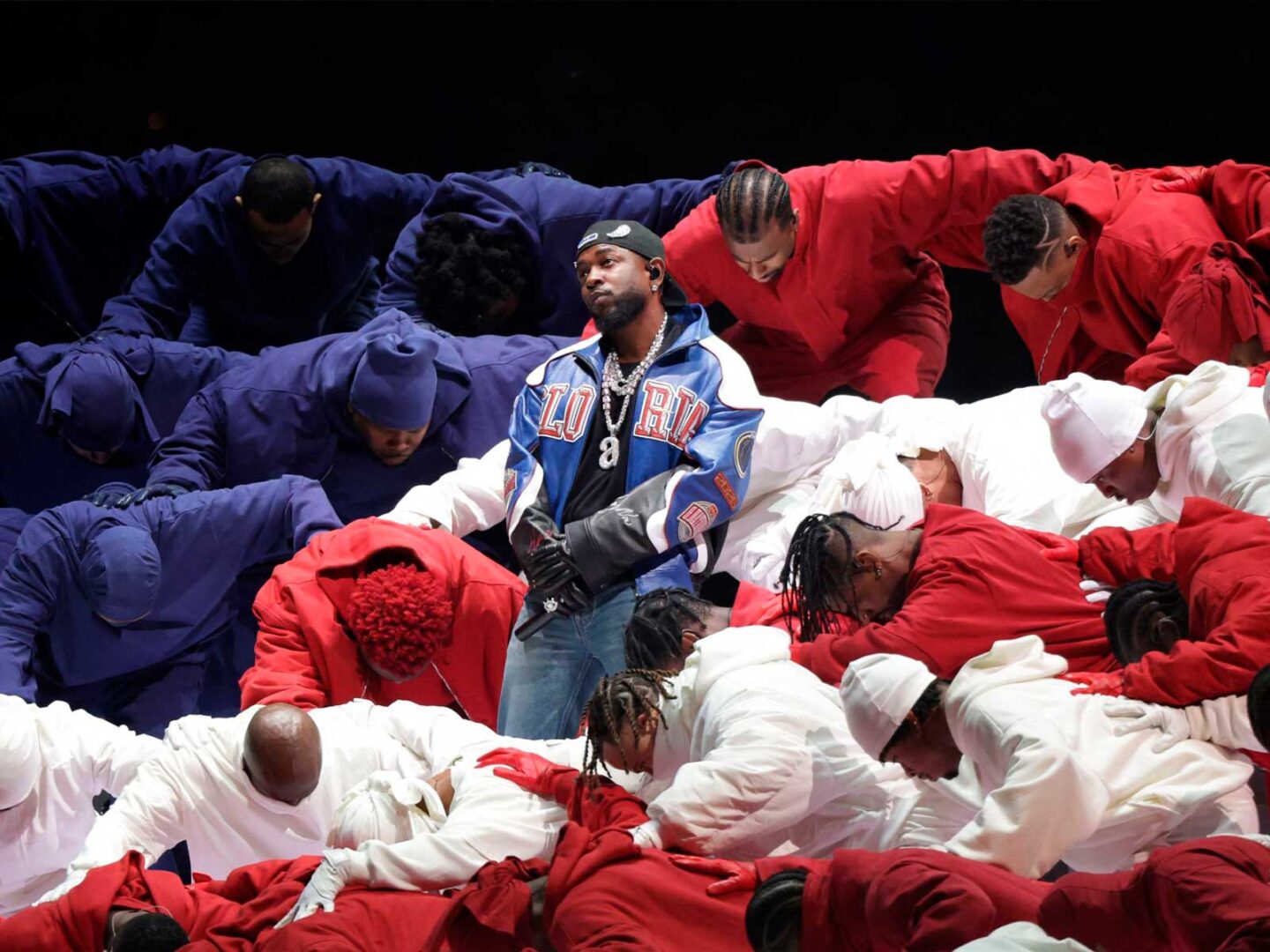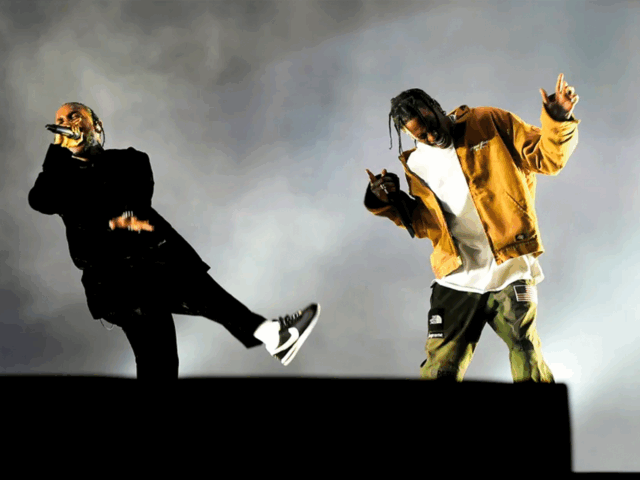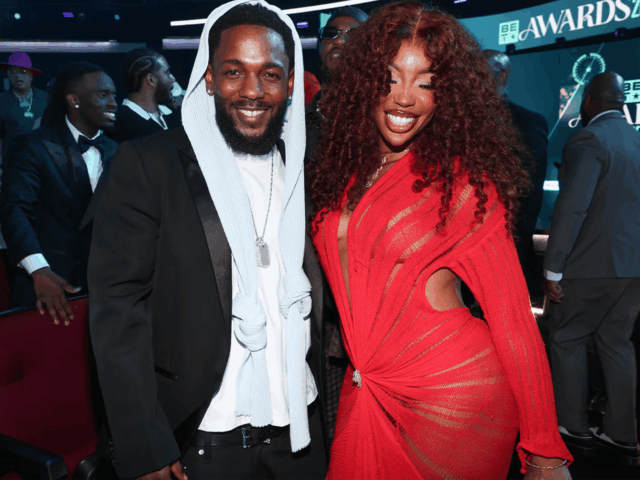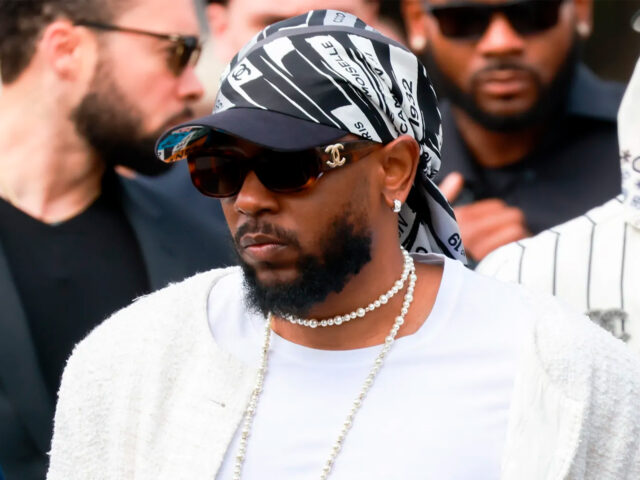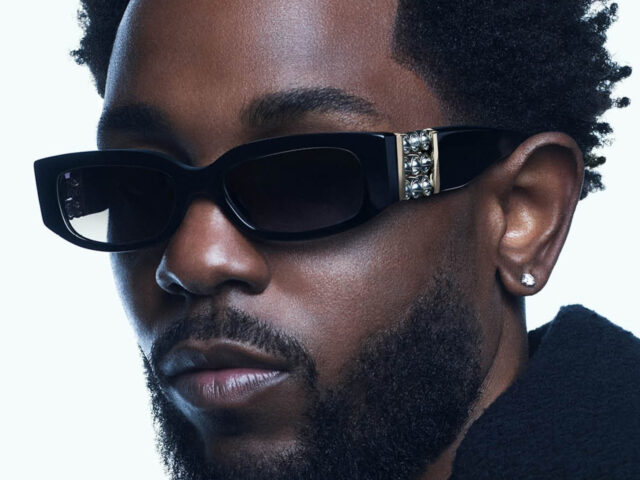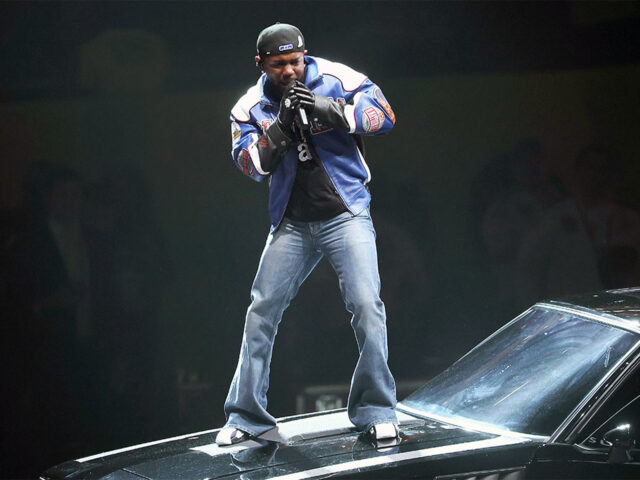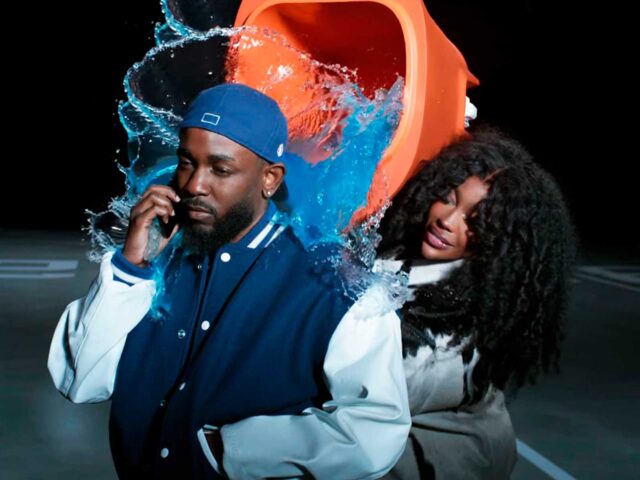Last night, the Caesars Superdome in New Orleans was the scene of more than just a musical spectacle. Kendrick Lamar, the rapper who has redefined what it means to be an artist, delivered a halftime show that quickly became a political rallying cry, an act of resistance and a vindication of the power of rap as an engine of cultural change. In front of the watchful eyes of millions of people, including President Donald Trump, Lamar delivered a performance that was anything but conventional: a mix of provocation and hope, of art and social message.
Samuel L. Jackson as Uncle Sam
The introduction to the show was marked by the presence of Samuel L. Jackson, who, clad in the iconic Uncle Sam costume, appeared to make biting comments about what was about to happen. With his tongue-in-cheek tone, the Pulp Fiction actor made it clear that what was to come would not be a traditional show, let alone an apolitical one. ‘Too loud, too reckless, too ghetto!’ he shouted as he watched Lamar, anticipating the controversy that the mix of hip hop, social criticism and political satire would unleash.
The Drake reference and the hidden message
One of the most subtle but tension-filled moments came when Lamar appeared with a necklace bearing a pendant with the inscription ‘a minor’ on it. A nod to one of the lyrics of his track Not Like Us, but also a way of bringing to the table the complex relationship with rival Drake, with whom tensions have not ceased. ‘I wanna play their favourite song but you know they love to sue,’ Lamar said, taking a jab at the music industry, making it clear that legal disputes, such as those he has had with the Canadian rapper, are just part of the game Lamar plays.
Serena Williams and the return of the crip walk
Serena Williams joined the show to perform a crip walk, the iconic dance move that originated on the streets of Compton. The move, historically associated with African-American gangs, has been a form of cultural reclamation, and in the context of the Super Bowl, its inclusion was an act of visual resistance. It is not the first time Williams has used the crip walk to claim his identity, as he did at the 2012 Olympics, and last night, with his presence, he marked yet another point in his career as an icon of black culture. She also came out to dance to the song dedicated by Lamar to Drake, as she is the Toronto rapper’s ex-partner.
The dancers and the American flag
The choreography of the show was a visual homage to African-American identity and American culture. The dancers, dressed in white, red and blue, represented the American flag in a performance that was deeply symbolic. The image of the dancers grouped around Lamar, who at one point formed the flag and then ‘divided’ it, was a statement about the internal division of the nation, about the cracks that run through American society. This image, loaded with meaning, quickly flooded social media.
The Palestinian flag as a global symbol
And, as if all that had been said up to that point was not enough, Kendrick Lamar took advantage of the world microphone to launch a message of solidarity. After talking about the struggle of African-Americans and the inequalities within the United States, the rapper raised the Palestinian flag, an act that symbolises not only his commitment to local causes, but also his support for global struggles for justice and equality. In addition to the image of Palestine, the flag included a heart, a closed hand and the names of Gaza and Sudan, giving visibility to those who, like African-Americans in the United States, have been historically oppressed.
Trump’s silence and Lamar’s response
As the Super Bowl unfolded, President Donald Trump, who was present at the stadium, did not comment on Lamar’s performance, but he did use the occasion to attack other artists, such as Taylor Swift, via his Truth Social account. However, Lamar’s gesture was not aimed at the approval of figures such as Trump, but at the collective memory of the audience. As he had said in a pre-event interview, ‘rap music is still the most impactful genre,’ and last night, Lamar made it clear that his place in history is already secure.
This was not just a half-time show. It was a vindication of the power of art, of the political message and of cultural resistance. Kendrick Lamar managed to do what few artists dare: not only entertain, but leave an indelible mark on the memory of those who saw him, transforming the Super Bowl into a space for reflection on identity, oppression and the power of music to change the world.
Sigue toda la información de HIGHXTAR desde Facebook, Twitter o Instagram
You may also like...
